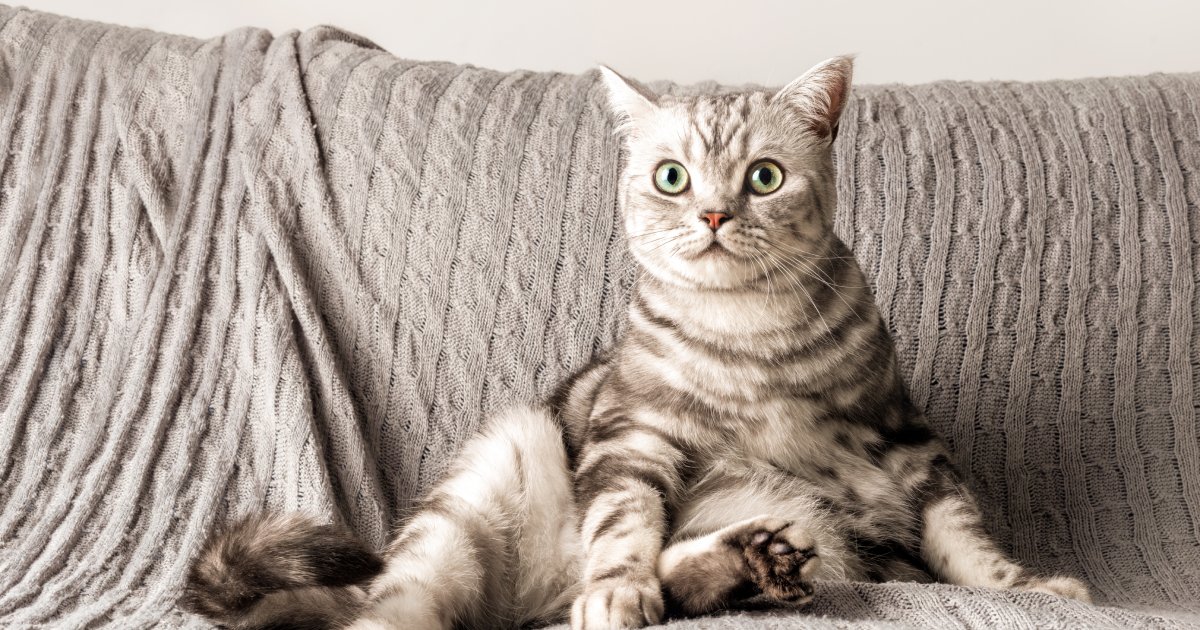How pets communicate.

Although dogs and cats can’t physically speak the English language, they may be saying more than you realise. Understanding a pet’s body language is key to understanding your furry friend and what he or she wants to tell you. Here’s a list of signs to watch out for and what they mean.
The cat’s meow
According to animal behaviouralists, kittens will meow to signal to their mothers while adult cats only meow for their owners.
A short meow is a call for attention. A series of them is an adamant demand! A long meow indicates worry, while chirruping sounds are made to encourage you or other pets to play. Cats also ‘chatter’ when they’re on the hunt and use a hiss as a warning to you and others.
The sound we love most is the purr. The deep-throated rumbling indicates contentment.
The eyes have it
Bond with your cat by taking long, slow blinks. When they reciprocate, it is a sign your cat is content.
Dilated pupils mean your cat is stimulated. Use context to know whether you cat is annoyed, afraid or simply excited and playful.
A cat’s radar-like ears also give you a visual clue as to their mood. Ears that are flattened show your cat is angry or afraid.
The truth in the tail
A tail that is upright is a sign of friendliness. Rapid swishing of the tail means they’re annoyed. Cats on the hunt keep their tails low or parallel with their bodies.
’Fraidy cats
Cats tend to hunker down and make themselves smaller when scared. When they’re terrified or threatened, their fur will fluff up to make themselves appear larger before they lash out with teeth and claws.







